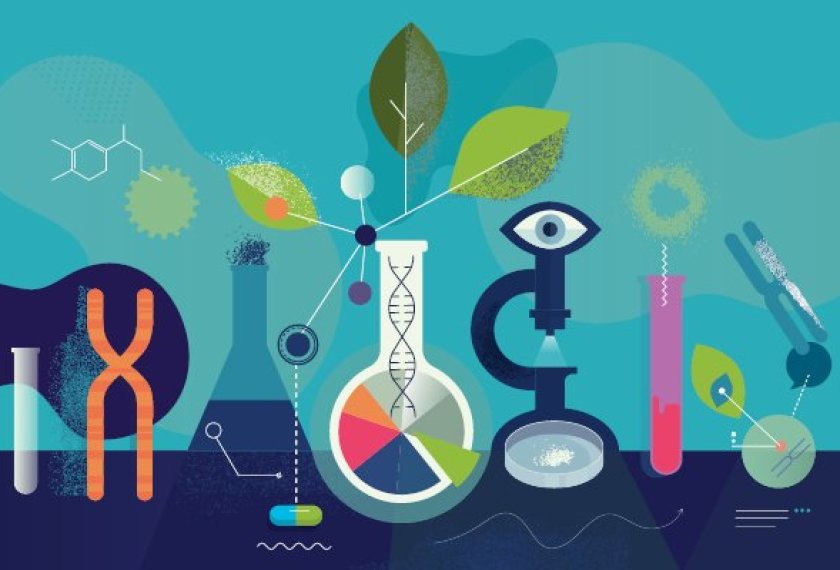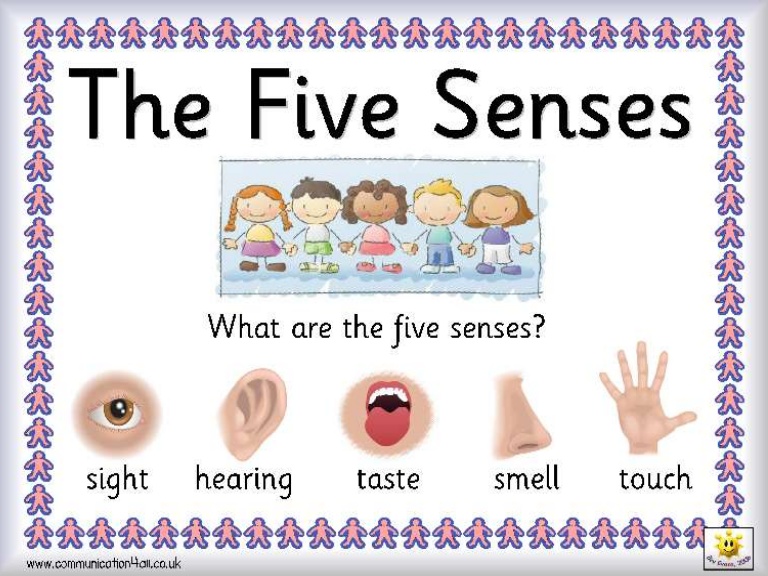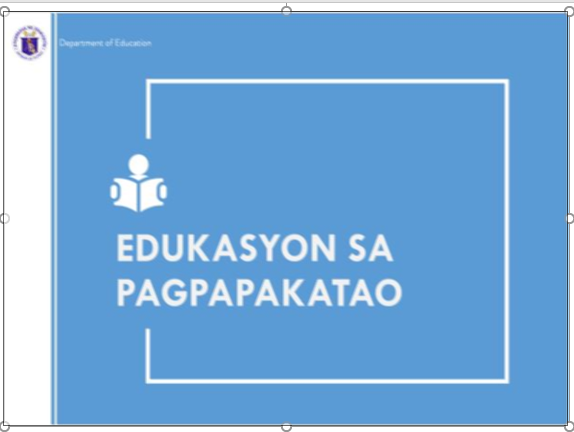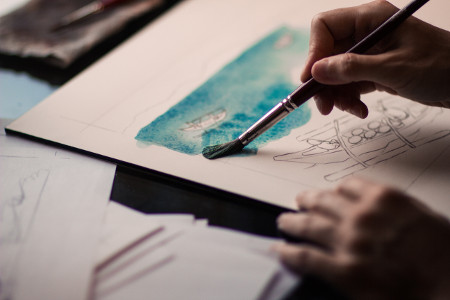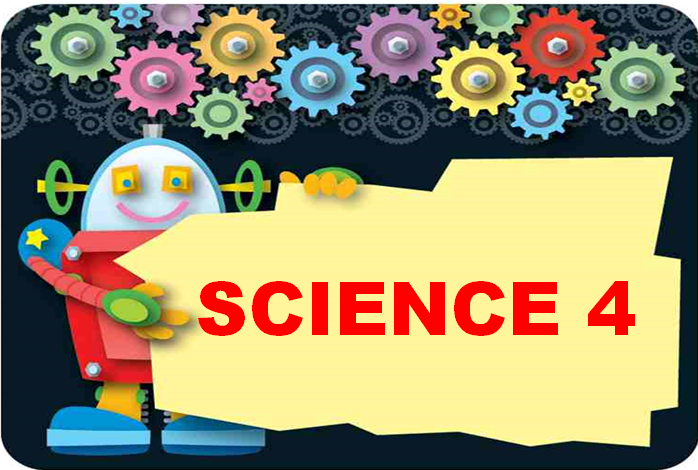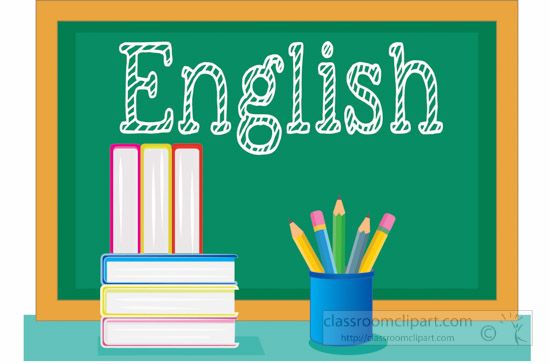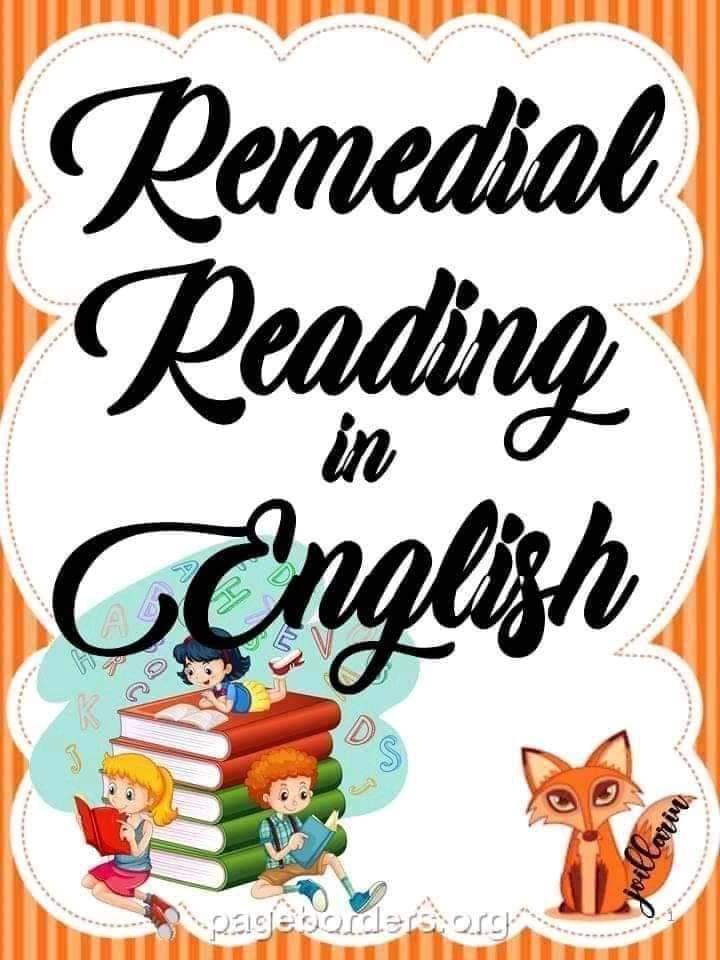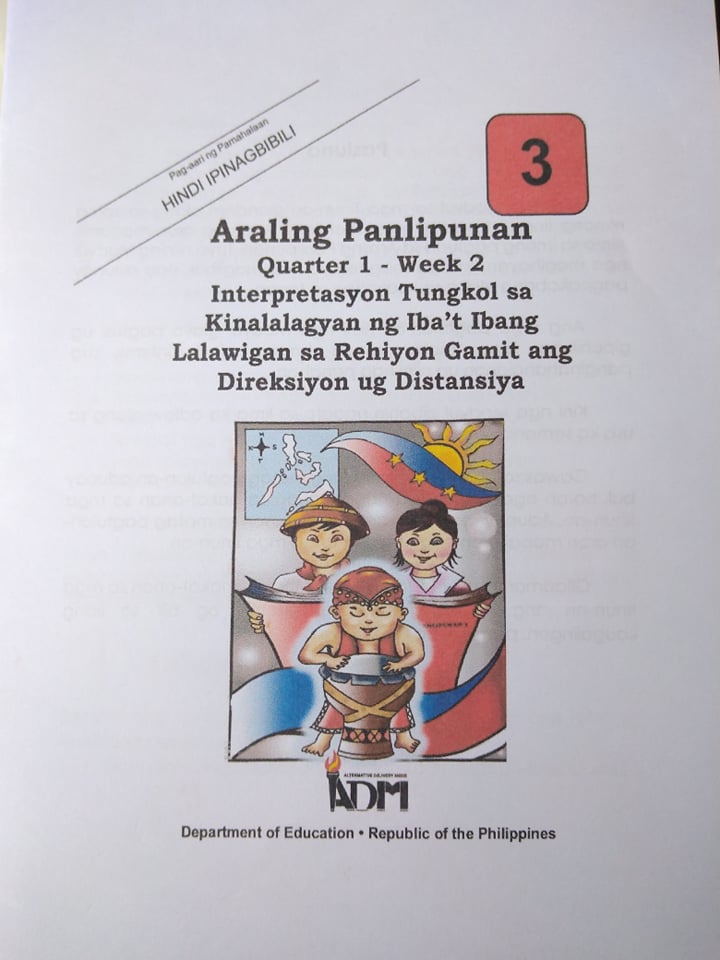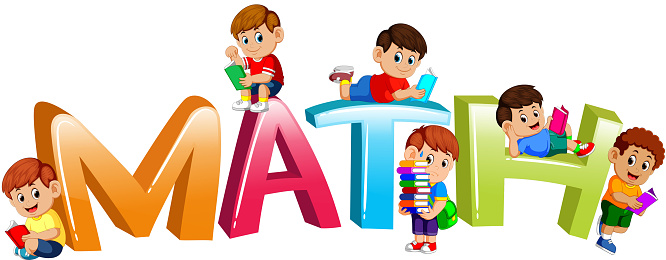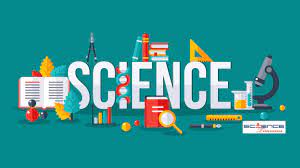
127990-BALULANG ELEMENTARY SCHOOL-SHS ICT-Quarter 1-Module 1:Empowerment Technologies
This Self-Learning Module (SLM) is prepared so that you, our dear learners, can continue your studies and learn while at home. Activities, questions, directions, exercises, and discussions are carefully stated for you to understand each lesson.

Senior High- ICT Quarter 1
This module was designed and written with you in mind. It is here to help you master the
information and communication technology. The scope of this module permits it to be used in many
different learning situations. The language used recognizesthe diverse vocabulary level ofstudents. The
lessons are arranged to follow the standard sequence of the course. But the order in which you read them
can be changed to correspond with the textbook you are now using.
The module mainly focuses on one lesson:
• Lesson 1 – ICT and its Current State
After going through this module, you are expected to:
1. identify what is ICT;
2. explain and give how ICT affectstheir everyday lives and its current state;

127995- 1st QUARTER-MATHS 4
Most Essential Learning competencies
Content Standards
1. demonstrates understanding of whole numbers up to 100,000.
2. demonstrates understanding of multiplication and division of whole numbers including money.
Performance Standards
1. is able to recognize and represent whole numbers up to 100,000 in various forms and contexts.
2. is able to apply multiplication and division of whole numbers including money in Mathematical problems and real-life
situations.
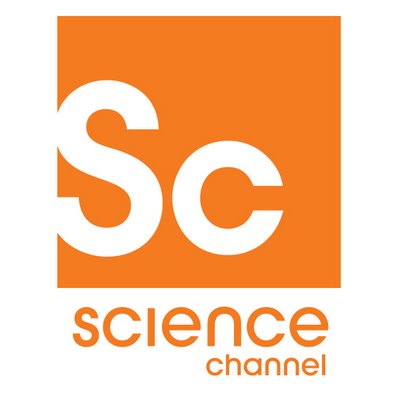
127993 GRADE 5
investigate changes that happen in materials under the following conditions:
2.1 presence or lack of oxygen; and
2.2 application of heat;
127995 - Science 5
K to 12 BASIC EDUCATION CURRICULUM K to 12 Science Curriculum Guide August 2016 Page 2 of 203 Learning Materials and equipment technical specifications may be accessed at http://lrmds.deped.gov.ph/. *These materials are in textbooks that have been delivered to schools. CONCEPTUAL FRAMEWORK Science education aims to develop scientific literacy among learners that will prepare them to be informed and participative citizens who are able to make judgments and decisions regarding applications of scientific knowledge that may have social, health, or environmental impacts. The science curriculum recognizes the place of science and technology in everyday human affairs. It integrates science and technology in the social, economic, personal and ethical aspects of life. The science curriculum promotes a strong link between science and technology, including indigenous technology, thus preserving our country’s cultural heritage. The K to 12 science curriculum will provide learners with a repertoire of competencies important in the world of work and in a knowledge-based society. It envisions the development of scientifically, technologically, and environmentally literate and productive members of society who are critical problem solvers, responsible stewards of nature, innovative and creative citizens, informed decision makers, and effective communicators. This curriculum is designed around the three domains of learning science: understanding and applying scientific knowledge in local setting as well as global context whenever possible, performing scientific processes and skills, and developing and demonstrating scientific attitudes and values. The acquisition of these domains is facilitated using the following approaches: multi/interdisciplinary approach, sciencetechnology-society approach, contextual learning, problem/issue-based learning, and inquiry-based approach. The approaches are based on sound educational pedagogy namely, constructivism, social cognition learning model, learning style theory, and brain-based learning. Science content and science processes are intertwined in the K to 12 Curriculum. Without the content, learners will have difficulty utilizing science process skills since these processes are best learned in context. Organizing the curriculum around situations and problems that challenge and arouse learners’ curiosity motivates them to learn and appreciate science as relevant and useful. Rather than relying solely on textbooks, varied hands-on, minds-on, and hearts-on activities will be used to develop learners’ interest and let them become active learners. As a whole, the K to 12 science curriculum is learner-centered and inquiry-based, emphasizing the use of evidence in constructing explanations. Concepts and skills in Life Sciences, Physics, Chemistry, and Earth Sciences are presented with increasing levels of complexity from one grade level to another in spiral progression, thus paving the way to a deeper understanding of core concepts. The integration across science topics and other disciplines
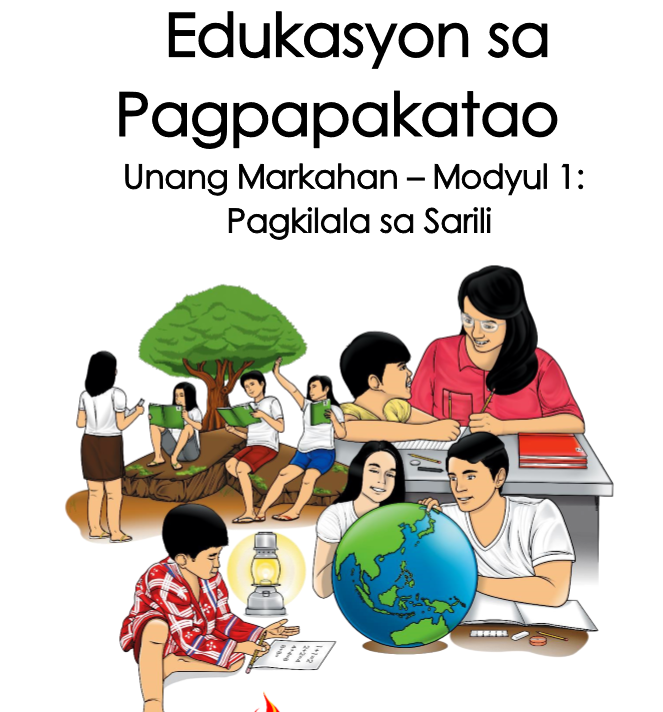
Pagkilala sa sariling damdamin o emosyon.
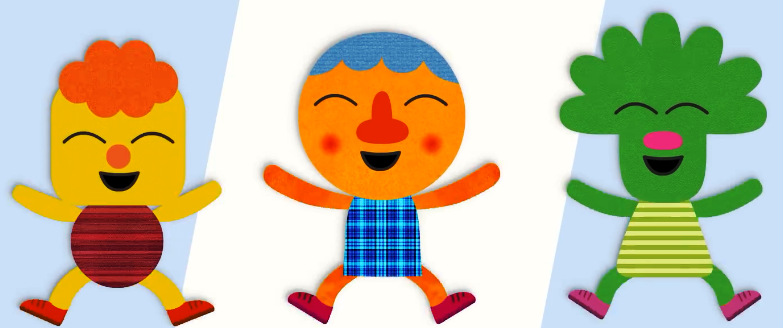 Ang masayang damdamin ay nakakapagbigay sigla ng buhay...
Ang masayang damdamin ay nakakapagbigay sigla ng buhay...
Isa sa paraan para makaiwas sa disgrasya sa oras ng Lindol

Elements of a Story
Story elements for Grade 2, particularly focused on thinking about the beginning, middle and end parts of a story.

Reading Readiness for SHVES Kindergarten
We will learn to read together through phonetics for the whole month of September.
